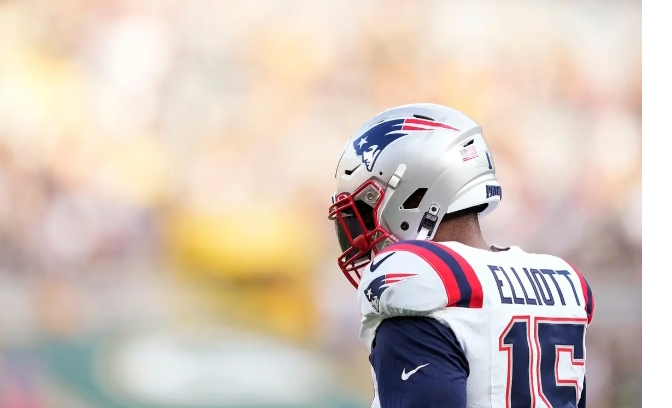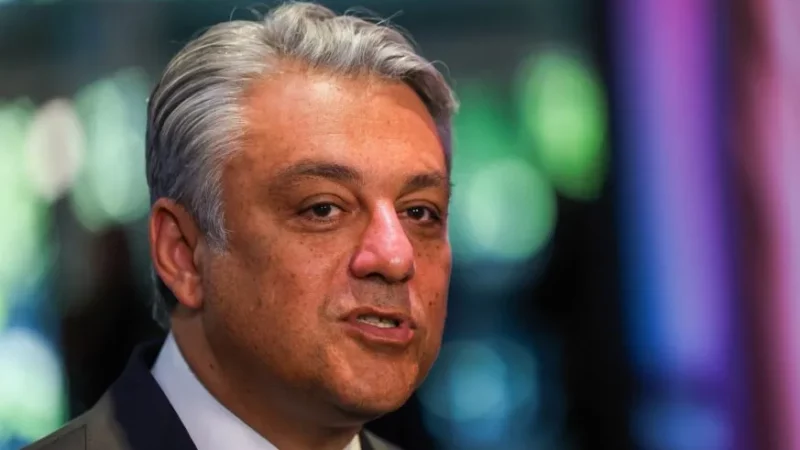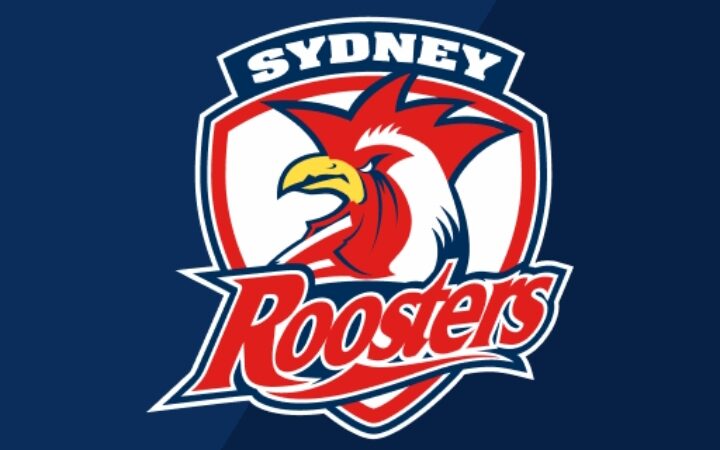The Misery of the N.F. L. running back.

One of the most prestigious positions in all of American sports has been devalued by a number of factors.
N. F. L.
Over the past few decades, running backs, who were once the face of many teams, have seen such a steep decline in value that it has essentially been a public demotion.
Data analysts have mocked their contributions, and their pay stubs have been compared to unattractive offensive linemen.
Some staged holdouts during the off-season, and others set up a Zoom call, to try to combat their situation.
Running backs may never regain their former market dominance due to the evolution of the game toward passing and a pay structure that doesn’t reward their fleeting prime years.
At a time when running back was still one of the most prestigious positions in all of American sports, Barry Sanders of the Detroit Lions was the second-highest-paid player in the league in 1997.
None of them are among the top 100 today.
Additionally, the total pay for running backs and fullbacks has only increased by about 11% since 2011, the first year for which complete data was available.
The overall pay for every other offensive position has increased by at least 90%.
To be clear, starting running backs continue to earn a respectable living.
Last year, among the N.
F. L.
The top 32 running backs earned an average of $5 million across the 32 teams. But a top-32 offensive lineman made $16.9 million on average last year.
The 49ers’ Christian McCaffrey, who this year has the highest reported running back salary. His ability as a pass catcher increases his value.
Credit. New York Times’ Mark Makela.
According to reported average annual pay, Christian McCaffrey of the San Francisco 49ers is this year’s highest-paid running back, earning $16 million.
This is only roughly 30% more than the highest-paid quarterback, Justin Herbert of the Los Angeles Chargers ($52 million on average).
Union organizing and campaigns.
The three Detroit-based automakers and the United Auto Workers union have until September. 14 days left to discuss a new labor agreement, and a strike of some kind seems more likely than not.
A Summer of Strikes: In the United States this year, work stoppages may reach levels unseen in recent years.
Here’s how this summer’s surge in labor activity compares to earlier eras.
New Leaders: A number of well-known unions are now led by outspoken figures who have brought their membership dangerously close to — or over the edge of — high-stakes labor stoppages.
Running backs’ flat pay is not caused by one specific thing; rather, a number of things are conspiring against them.
Although they still run the ball a lot, teams prioritize passing.
Although the N.
F. L.
By some surface-level metrics, the typical game has not changed much, though the league has changed to be more of a passing league than it was decades ago, partly as a result of rule changes. In 2000, rushing attempts made up 46% of all offensive snaps and 35% of all yards.
In 2022, rushing attempts accounted for 35% of all yards and 45% of offensive snaps.
However, not every yard is created equal.
Former general manager for the Miami Dolphins and New Orleans Saints Randy Mueller stated that “very few backs are weapons on third down,” when teams frequently pass to try to continue a drive.
Running backs have lost value at the same time that they have “lost value on the field,” according to Mueller. He said the reason McCaffrey gets such a sizable contract is because of his talent as a pass catcher.
Only one Super Bowl champion (the 2013 Seattle Seahawks) has finished in the bottom half of the league in passing yards since the 2010 campaign, but eight teams have finished there in rushing yards.
Following a regular season with the No. 1 seed, Kansas City won the Super Bowl in February.
The passing game is ranked No. 1, and the running game is ranked 20th.
A running back is thought of as being interchangeable.
Even teams that prioritize enhancing their rushing attacks have begun to come to the conclusion that investing money in a single player is not always worthwhile.
Nearly 60% of each team’s regular-season rushing yards in 2000 were, on average, accounted for by the team’s top running back.
However, teams are much more likely now to distribute the workload.
The top rushers for each team racked up 47% of all rushing yards in the previous season.
Tony Pollard of the Dallas Cowboys earned $11 million less last season than the starter, Ezekiel Elliott, but gained more yardage on fewer carries.
This is just one of many high-profile instances in recent years where a backup’s performance has outperformed a star’s.
Because of this, teams now treat the distinction between stars, backups, and unsigned free agents differently than they once did, which has decreased the value of running backs as a group.
According to Kevin Meers, a former director of research and strategy for the Cleveland Browns, “relative to other positions, there is less of a difference between the top talent running backs and those on the border of the 53-man roster.”.
Teams are investing in offensive lines instead.
Total pay for offensive linemen has doubled since 2011. The logic is simple: A strong offensive line benefits the running game whether the starting or backup running back has the ball, and also helps the passing game significantly.
In 1990, according to data from The Atlanta Journal-Constitution, 13 of 28 N.F.L. teams paid their top running back more than their highest-paid offensive lineman. In 2011, only seven of 32 teams did. Going into 2023, only one running back, Derrick Henry of the Tennessee Titans, is set to be paid more (as measured in average annual value) than each of his teammates on the offensive line.

Where running backs rank in pay
among offensive players
Tight end No. 1
5
Running back No. 1
6
IN 2023
Quarterback
1
Offensive lineman No. 1
2
Wide receiver No. 1
3
Offensive lineman No. 2
4
Tight end No. 1
5
Offensive lineman No. 3
6
Wide receiver No. 2
7
Running back No. 1
8
Pay based on salary values in 1990 and “yearly cash” as reported by Spotrac. Rankings based on median values of the first-, second- or third-highest paid players by position by team.
Source: Spotrac (2011, 2023) and The Atlanta Journal-Constitution (1990)
In 2013, running backs were typically the sixth-highest-paid position of what could be considered the 11 offensive starters. Now they are the eighth. Last season, on 17 of 32 teams the second-highest-paid wide receiver was paid more than the highest-paid running back.
Ball carriers are often past their prime when their rookie contracts expire.
The 2011 collective bargaining agreement between the N.F.L. players’ union and the team owners hurt the ability of running backs to be paid well during their early, most productive seasons. The deal mandates that drafted players sign a rookie contract — on a rookie wage scale — for four years, with the possibility of negotiating an extension only after year three.
Peter Schaffer, an agent who has represented running backs including Sanders and Jerome Bettis, said the set duration of contracts “truly affects the compensation.” Running backs, who tend to reach their career peak at a younger age than other players, spend their prime years locked into a rookie contract and are often seen by teams as declining in value by the time they can sign a new deal.
Schaffer said the compensation offered under the franchise tag, a system that allows teams to lock a player into an extra year before he becomes a free agent






